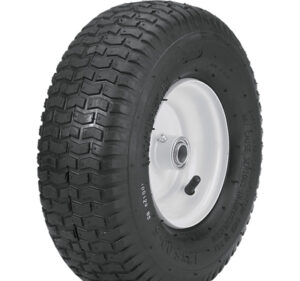Density of elastomers for pneumatic tires
by Xiao-Dong Pan, consultant
For the needs of sustainable societal development, in addition to further improvement of automotive fuel economy, vehicle lightweighting, including tire lightweighting, has attracted much attention in recent decades. While requirements on tire performance characteristics such as load carrying capability, driving safety, durability, rolling loss, handling, comfort, noise, etc., assume the highest priorities, tire weight reduction has been approached from both the design side and the materials side. The amount of rubber used can be reduced via optimization of the various tire components, along with the construction of the whole tire. A better reinforced rubber compound (e.g., via using a functionalized rubber) can be employed at a lower volume. If possible, a lighter compound without changing material volume is also an option. Obviously, a lighter and stronger compound used at reduced volume should lead to the most tire weight reduction. On average, synthetic and natural rubbers combined contribute about 35% of the weight of a tire. It is thus of interest to take a look at how density of an elastomer is related to its chemical constitution; and even ask what monomers should be used for designing an elastomer of lower density.

